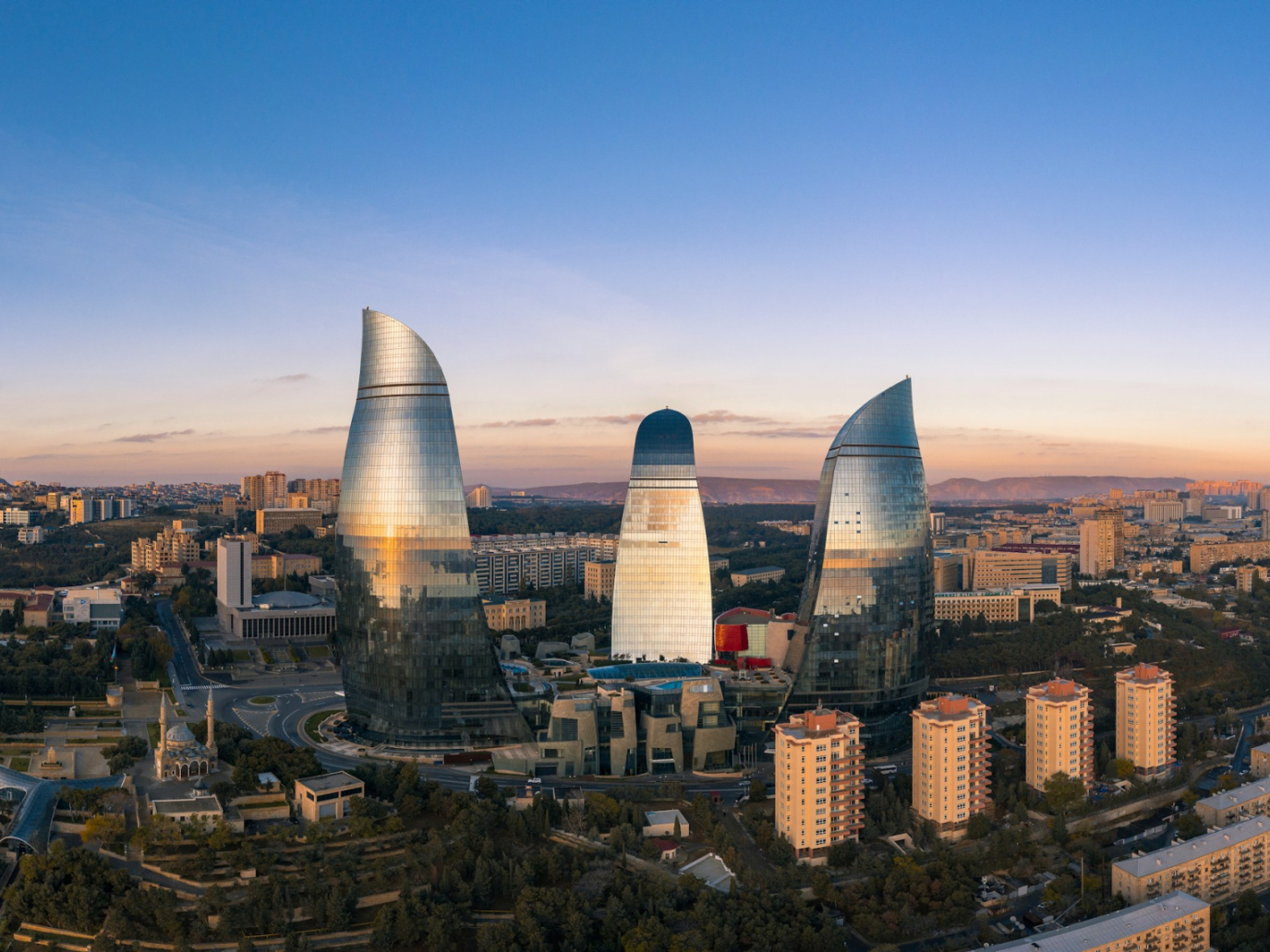Less than two months before the highly anticipated COP29 United Nations Climate Summit in Baku, on Tuesday, 17 September, the Azerbaijani presidency laid out its plan to enhance ambition and enable action, as countries struggle to agree on a new annual financing target for helping poorer countries cut their emissions and adapt to the climate crisis.
Energy storage and climate finance at the centre of the COP29 Agenda
The COP29 leadership - chaired by Azerbaijan’s Minister of Ecology and natural resources Mukhtar Babayev – issued 14 initiatives aimed at raising ambitions without requiring party negotiation and building consensus that can thwart progress.
Among new funds, pledges, and declarations, this call-to-action agenda envisages building support around a pledge to boost global energy storage 6 times above 2022 levels, reaching 1,500 gigawatts by 2030. This would include a commitment to massively increase energy grid investments as part of a global effort to add or refurbish more than 80 million kilometres by 2040. The presidency hopes to replicate the success of last year’s COP28 climate summit in Dubai when 120 countries committed to triple renewable energy capacity by 2030.
“Such multilateral initiatives promoted by the presidency might only remain on paper”, said Jacopo Bencini, policy advisor at Italian Climate Network. “It remains to be seen whether the Azerbaijani president can rally other partners to turn these initiatives into concrete action at COP29”, he added.
However, some initiatives have proven effective, at least on a diplomatic level. Launched at Glasgow’s COP26 in November 2021, the Global Methane Pledge – endorsed by 158 countries – aims to slash anthropogenic methane emissions by 30% by 2030, compared to 2020 levels.
Another key point of the plan is to accelerate progress in climate financing: the Climate Finance Action Fund aims to attract voluntary contributions from fossil fuel-producing countries and companies working on climate issues, as well as grants to support developing countries impacted by natural disasters.
These types of agenda leverage “the convening power of COP and the hosts’ respective national capabilities to form coalitions and drive progress," said Mukhtar Babayev, who holds the rotating COP presidency, in a letter to all parties and stakeholders. “And will help to enhance ambition by bringing stakeholders together around common principles and goals”.
The letter also outlines several declarations and goals, including efforts to slash methane emissions in waste and food systems and unlock the potential of a clean hydrogen global market by addressing regulatory, technological, financing, and standardisation barriers.
“The initiatives omit any reference to the phaseout or even the gradual transition from fossil fuels”, the civil society movement 350.org wrote in a statement.
While Babayev pointed out the willingness “to address the most pressing issues”, one main critical point remains unresolved: countries don’t agree on how to raise a new financial target that will help poorer nations cope with the climate crisis.
$100 billion is not enough, developing countries need a new “Trillion” goal
At Copenhagen’s COP15 in 2009, parties decided to set a New Collective Quantified Goal (NCQG) for rich countries, amounting to at least 100 billion dollars per year by 2020. That goal was met two years late.
While the consensus for a more ambitious global funding bill increases, the countries remain far from agreeing on the size of the fund and who will pay for it.
June’s preliminary climate talks that took place in Bonn (Germany) hadn't delivered. Many developing countries said they cannot increase their ambitions to cut emissions faster without first receiving more funding. Simon Stiell, Executive Secretary of the UN Framework Convention on Climate Change, said in February that the world needs to mobilise at least 2.4 trillion dollars per year to keep global climate change goals within reach.
“Bonn’s goal was to put on the table some draft options for negotiations in Baku, but this did not materialize”, Benicini said.
However, a technical expert dialogue held two weeks ago revealed a broad consensus on the scale of the New Collective Quantified Goal (NCQG), with estimates reaching into the trillions of US dollars. “That’s the big news that was never seen”, he noted.
Who should pay?
The European Union - currently the largest contributor to climate finance schemes – hasn’t suggested a specific figure but envisions the scale in the trillions.
Arab nations proposed that developed country parties should mobilize 1.1 trillion dollars per year through accelerators and multilateral initiatives to support poorer countries from 2025 through 2029. This proposal includes a 441 billion dollars annual grant.
In its NCQG submission, China, the world’s biggest CO2 emitter, reiterates its status as a developing country under the UN climate convention, despite criticisms sparked by Europe and the United States which advocate for expanding the donor base.
Approximately two dozen historically industrialised countries are currently called upon to contribute to UN climate finance, while China remains excluded. At the time of the UN Climate Summit in Rio de Janeiro in 1992, when the list of developing countries was first established, China’s economy was significantly smaller than Italy’s.
Image: Baku, ph Lloyd Alozie (Unsplash)



